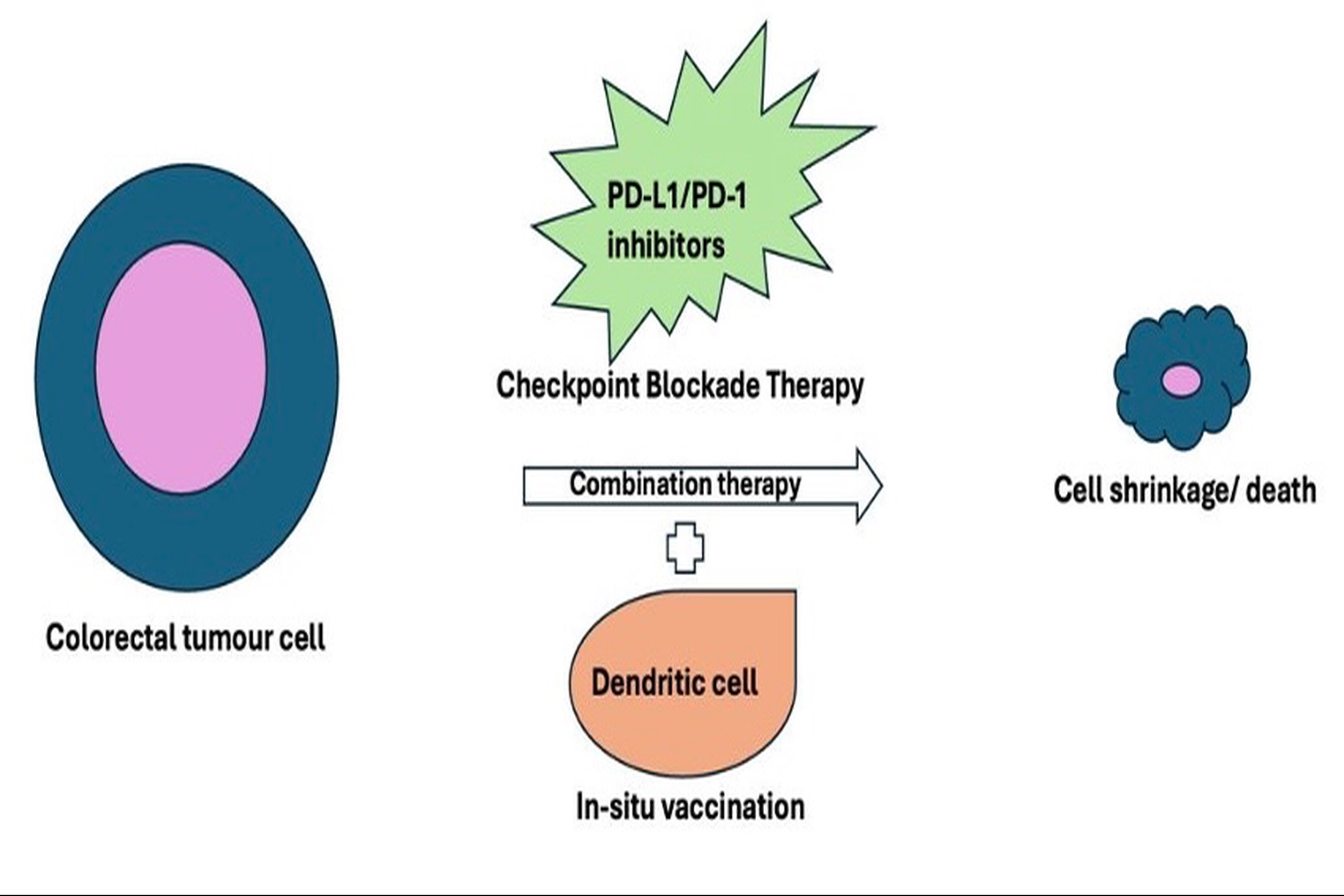
Biofunctional Materials
ISSN: 2959-0574 (Print)
ISSN: 2959-0582 (Online)
CODEN: BMIAE5
Contact
For any inquiries regarding journal development, the peer review process, copyright matters, or other general questions, please contact the editorial office.
Editorial Office
E-Mail: biofunmat@elspub.com
For production or technical issues, please contact the production team.
Production Team
E-Mail: production@elspub.com
About This Journal
Innovative therapeutic strategies for cervical cancer: advances in pain management, angiogenesis inhibition, and peptide-based therapies
Received
16 Mar 2025
Accepted
28 Apr 2025
Published
07 May 2025
Cervical cancer remains a major global health burden, particularly in low-resource settings, with a prevalence of 11.7%. Persistent infection with high-risk Human Papillomavirus (HPV) strains is the primary cause, affecting approximately 660,000 women and resulting in nearly 350,000 deaths annually. The disease is often accompanied by complex pain patterns due to tumour progression, nerve invasion, and treatment-related effects, which conventional therapies fail to adequately address. The burden of cervical cancer is disproportionately high in low- and middle-income countries (LMICs), where limited access to preventive healthcare, early screening, and effective treatment exacerbates the challenge. Current treatment modalities, including surgery, chemotherapy, and immunotherapy, are associated with significant limitations such as systemic toxicity, long-term complications, and inadequate pain relief. Traditional pain management approaches, including opioids and adjuvant analgesics, are often insufficient and accompanied by severe side effects, necessitating the exploration of novel therapeutic strategies. Emerging treatment options, such as cannabinoid-based analgesics, vascular endothelial growth factor (VEGF) inhibitors for angiogenesis suppression, and peptide-based drug delivery systems, offer promising alternatives for improving patient outcomes. These multimodal approaches aim to enhance therapeutic efficacy while minimizing systemic toxicity and treatment-related pain. This review explores innovative therapeutic strategies for cervical cancer management, with a focus on recent advancements in pain relief, angiogenesis inhibition, and peptide-based therapies. It synthesizes current research findings, identifies critical knowledge gaps, and outlines potential future directions to improve treatment effectiveness and overall patient quality of life.
Titanium-protoporphyrin IX coordinated nanoparticles for tumor photodynamic and sonodynamic combination therapy
Received
23 Mar 2025
Accepted
28 Apr 2025
Published
07 May 2025
Driven by advancements in nanotechnology and biomedicine, multifunctional nanomaterials integrating photodynamic therapy (PDT) and sonodynamic therapy (SDT) are paving new avenues for efficient tumor treatment. In this study, titanium-protoporphyrin coordinated nanoparticles (TiPPs) with a uniform particle size (~70 nm) were successfully fabricated via coordination self-assembly, achieved through the rational selection of a biocompatible metal and functionalized organic ligand. Experimental results demonstrated that after 6 minutes of light or ultrasound irradiation, TiPPs exhibited high reactive oxygen species (ROS) generation efficiency, with DPBF oxidation rates of 71.6% (light group) and 46.6% (ultrasound group), confirming their excellent photo- and sono-responsive ROS production capabilities. Notably, in vitro cytotoxicity assays and in vivo tumor-bearing mouse model studies revealed that the PDT-SDT combination therapy achieved significantly higher tumor inhibition rates than single-mode treatments. This study not only establishes an efficient dual-modal synergistic therapeutic platform but also introduces an innovative paradigm for the development of multifunctional sensitizers through metal-organic coordination engineering, highlighting promising clinical applications.
Integrating in situ vaccination with checkpoint blockade therapy: a novel approach to enhance anti-tumour immunity in colorectal cancer
Received
15 Mar 2025
Accepted
29 Apr 2025
Published
06 May 2025
Colorectal cancer (CRC) remains a challenging disease due to its high diversity and complex immune escape mechanisms. The anticipated incidence of colorectal cancer is expected to reach 3,200,000 new cases per year, indicating a 63% increase, with an estimated 1,600,000 deaths occurring annually, which signifies a 73% rise by the year 2040. In contrast to current treatment modalities, such as chemotherapy, radiotherapy, and surgical interventions, immunotherapy has significantly enhanced both survival rates and overall well-being for patients diagnosed with CRC. One of the new immunotherapeutic options that shows promise in colorectal cancer treatment is immune checkpoint inhibitors (ICIs). By removing the immune system's inhibition, ICIs allow functioning cytotoxic T cells to identify and eradicate cancerous cells. The primary issue with checkpoint inhibition is the rise in autoimmune adverse events that limit treatment. In situ vaccination (ISV) also offers a promising strategy to enhance anti-tumour immunity by delivering tumour-specific antigens directly to the tumour microenvironment. In situ vaccination, facilitated by dendritic cells, promotes robust T-cell priming and memory formation within the tumour microenvironment. This review discusses the prospects of combining ISV with checkpoint inhibitors, which can enhance immune cell function. This dual approach may lead to a more potent and durable anti-tumour effect with minimal adverse events, ultimately contributing to significant improvements in tumour regression, overall survival, and the overall well-being of individuals diagnosed with CRC.



